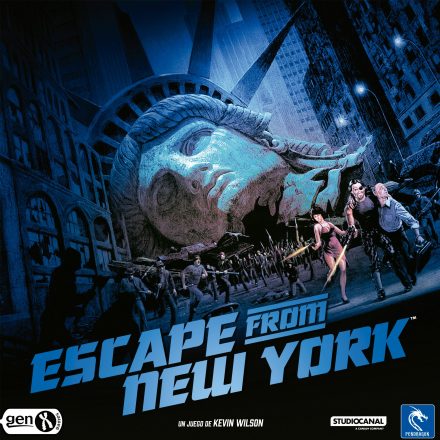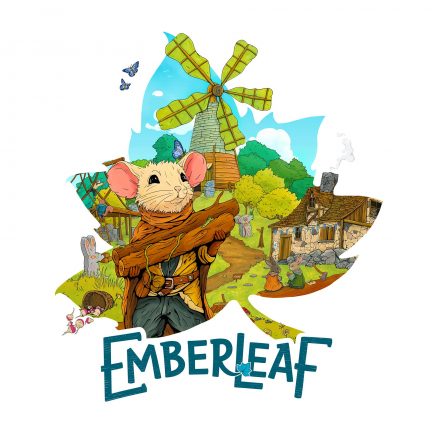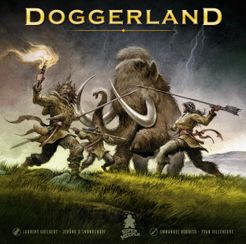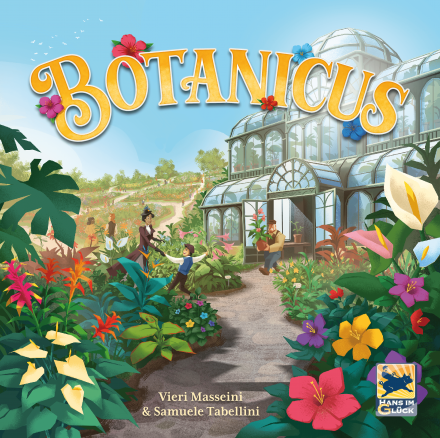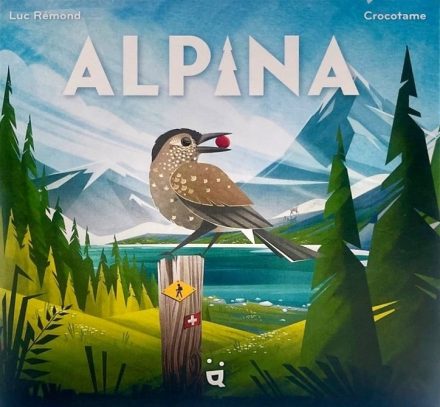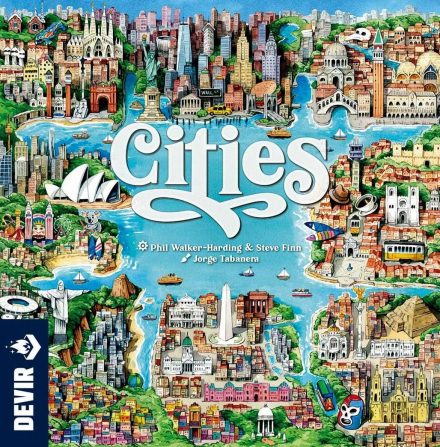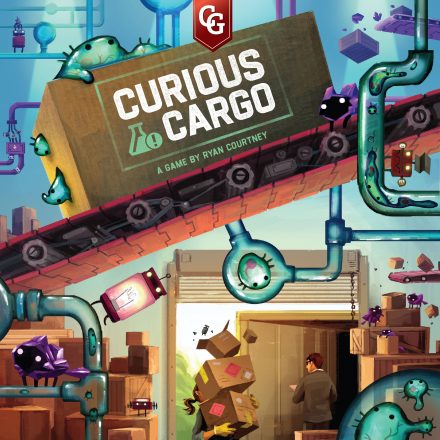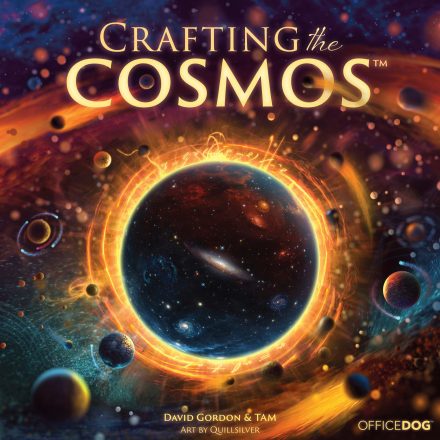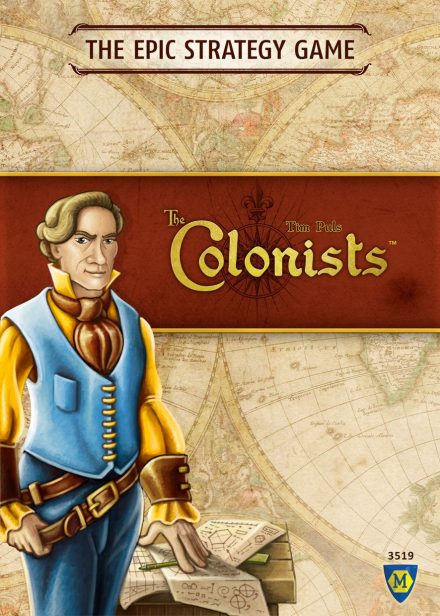“You go in, find the President, bring him out in less than 24 hours, and you’re a free man.”
In Escape from New York, an adaptation of the John Carpenter movie of the same name, you play as Snake, Brain, Maggie, or Cabbie and attempt to rescue the president and his precious tape and bring them to safety, while dealing with the gangs of the most dangerous prison in the world – all of Manhattan.
You will play the roles of the heroes, exploring the dangerous streets of New York, searching for the president, his case containing the government tape, and a diagram of the bridges so you can escape from the city without stepping on a landmine.
You can work together, searching for these three things, or you may decide to secretly satisfy your own personal objective at any moment during the game, escaping from New York alone and betraying your companions. Whatever your decision will be, you must face the Bands of Manhattan, headed by the Duke of New York, who will hinder you by moving Prisoners and Bosses to eat up as much of the short time-frame you have to complete your mission.
Game Mechanics:
- Deck Construction
- Hand Management
- Semi-Cooperative Game
- Take That
- Tile Placement
Game Specifications:
- 1 – 4 Players
- 40 – 90 Minutes
- Difficulty Weight 2.57

